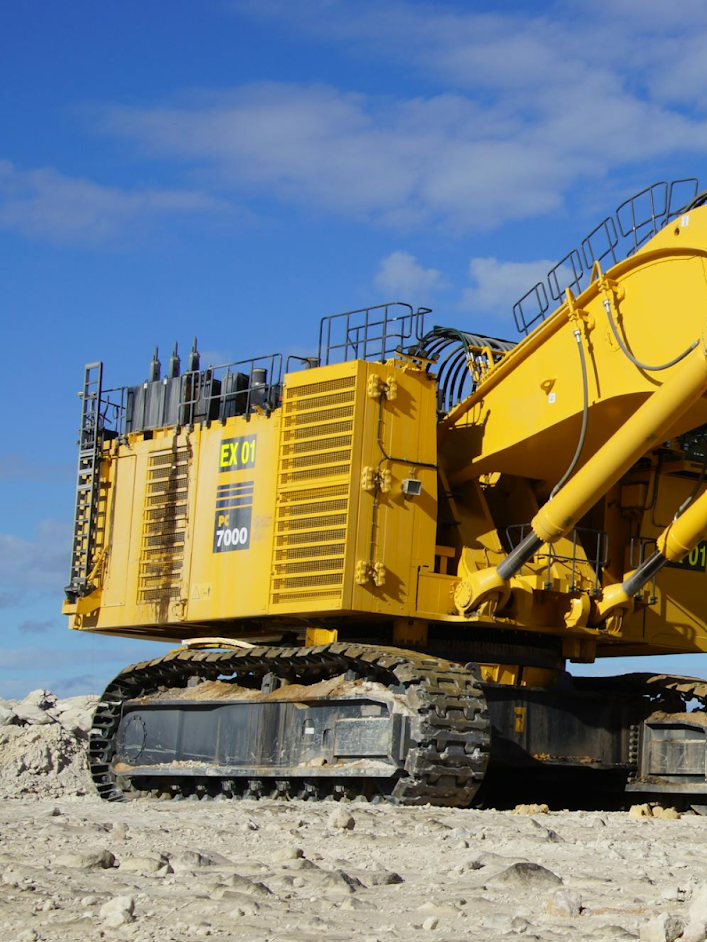Engineering Boundaries: Designing for Pressure in Utility and Transport Projects
From underground utility lines to large-scale transit projects, the physical infrastructure of modern life is always bargaining with pressure, both literal and metaphorical. Engineers and planners must consider the infrastructure’s weight and movement as well as the natural forces around it. When designing for long-term safety and operational reliability, slopes, soil types, moisture content, and external loads all present a distinct set of concerns. Any effective endeavour, therefore, focuses on setting structural limits that oppose failure.

Image attributed to Pexels.com
The important function of retaining walls
Retaining walls are vital structural solutions in these challenging settings for preserving soil stability and safeguarding constructed assets. Transport corridors, including highways, overpasses, and rail embankments, extensively use retaining walls to maintain elevated roadbeds and prevent soil collapse.
In utility projects, these walls guarantee both accessibility and safety during maintenance by securing the ground around subsurface pipelines, electrical conduits, and water channels. In locations highly susceptible to severe rain, vehicle vibration, or shifting earth, their ability to control horizontal loads and reduce erosion risk makes these buildings extremely significant.
Utility corridors: Safeguarding the invisible network
Often, the networks that provide data, water, and power are located directly beneath us. These systems require robust environmental intrusion protection, as well as efficient design and implementation. Engineered support systems are examples of structural boundaries that serve to stabilise trenches and protect subterranean utilities from nearby construction, groundwater movements, and the pressures of overlying roadways or sidewalks.
Structural components allow service lines to be installed uniformly where ground height changes, thereby preventing steep slopes or uneven stress areas. Though sometimes invisible, retention systems maintain the accessibility and integrity of the actual systems on which modern life depends.
Transport networks and load control
Structural retention is essential for rail and highway construction because it controls ground pressure and maximises space efficiency. Modern transportation projects can require infrastructure to cut through land or raise routes above flood zones or existing road networks. In these situations, structural limits accommodate vertical and lateral loads, allowing for the integration of stormwater systems, pedestrian routes, and planting areas.
The necessity to create structural systems that are both small and sturdy becomes all the more urgent as the demand for multimodal transit grows.
Environmental resilience and design effectiveness
Engineering solutions of today must strike a balance between environmental sustainability and technical excellence. Retaining structures used in transport and utility projects are increasingly engineered to withstand water infiltration, support plant growth, and integrate visually into adjacent landscapes.
Materials and systems are chosen for their strength and resistance to weathering, seismic activity, and thermal expansion. This entire strategy ensures that these boundary systems are both durable and flexible, with the least environmental impact over time.
Strength behind the scenes
From strengthening a train embankment to fastening the edge of a utility trench, retaining walls are active boosters of infrastructure rather than merely static obstacles. They allow engineers to securely shape the terrain, maintain the flow of vital services, and resist the forces of both natural and human activity.
Every transport route or utility corridor has a deliberately built structure whose main function is to hold the queue silently but strongly.
Source: https://xxbrits.uk/






